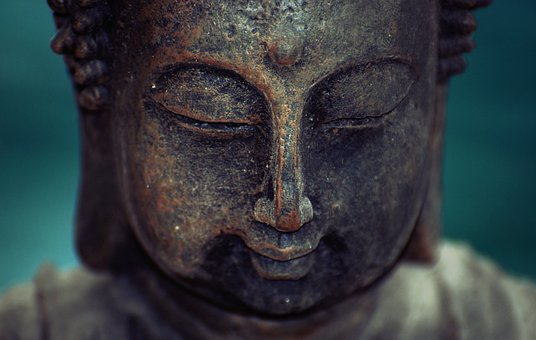Published on :
Recharging one’s batteries in nature, taking care of oneself with plants: a few centuries ago, this could have led to accusations of witchcraft. As Scotland brings to light the memory of those who perished, the country also wants to honor the spirit of their practices, at a time when well-being and environmental protection are major concerns.
From our correspondent in Scotland,
This Saturday morning in the East Neuk, the coastal region north of Edinburgh, looks like many others for Jason Byles. Under the cool October sun, he put on his big boots to collect seaweed from the North Sea. They are brown, red or green, and are used in many different ways, whether for cooking or healing. This is what this New Zealander, who arrived in Scotland a decade ago, explains to the curious who take part in his seaweed initiation workshops that he organizes with his company, East Neuk Seaweed. ” Before, most of the participants mainly wanted to enrich their vegetarian or vegan cuisine, or they were very adventurous people, even a little crazy. Today, I have people from all walks of life, who just want to feel closer to nature, know what it can bring us, and live a little differently. »
East Neuk Seaweed is part of the recent “ Witch Trail launched by VisitScotland, the public body promoting tourism in Scotland. It’s a route of activities across the country that not only uncovers Scotland’s violent witch-hunting history, but also shows that the legacy of those who were accused of witchcraft lives on. relevant today.
modern day witches
To realize the enthusiasm aroused by witches, it is Black Moon Botanica, in the Scottish capital, that you have to go. Located on Candlemaker Row in the historic heart of Edinburgh, the shop was founded by Brooke Mackay-Brock after her studies in herbology at the Royal Botanic Garden Edinburgh. She not only sells herbal teas, but also stones and crystals, tarot cards and books relating to spirituality and the occult. The shop attracts those who believe in the power of spells as well as the most profane, explains Pieter, who runs the shop in his absence. “ People are increasingly looking for a way of life connected to nature, for example to be healthierhe begins. We are more accepting of our role in the environment: we are supposed to be its stewards. We must begin to understand that in fact we depend on nature. The idea is gaining ground, and this causes a lot of emotions, even anxiety among our customers. »
Back to basics is Stuart Wright’s specialty: teaching survival and the use of nature’s resources to amateur adventurers at Glen Dye. This former soldier, who joined the British army in the early 2000s when he was only 16, now lives in the Aberdeen area with his family. He touts outdoor activities for mental health, and notes that interest in his workshops has increased with the pandemic. “ People spent a lot of time in front of screens, and the confinements made it impossible to go out. So today, there is a real desire to enjoy nature, to disconnect, and to learn useful things. Once a local lady came to a workshop to learn how to make a fire after a power outage due to storms “, he recalls.
A real recognition always awaited
If the theme of communion with nature is perceived in a positive way today, this was unfortunately not the case for the women who were followers between the XVIe and XVIIIe centuries, peak of witch-hunting in Scotland. It is estimated that up to 6,000 people, mostly women, often widowed, elderly and caring, were executed for witchcraft in the country, where the persecution was particularly brutal. The Fife region, where the East Neuk is located, was badly affected: up to 380 people were killed for witchcraft.
As this year has been designated the Year of Stories in Scotland, it is important to safeguard this memory. This is why there is a ” Witches Trail special for this region, which consists of a series of commemorative plaques distributed on the coast. At Culross, a village opposite Edinburgh, across the River Forth estuary, the plaque reads: So many ordinary women have been accused of being witches in Culross, innocent victims of dark times. »
But today, a real recognition is missing: a monument, which feminist activists are calling for. No wonder, according to Sonny Murray, guide in Edinburgh for Invisible Citiesa social enterprise that helps homeless people get training in the field of tourism to get off the street: “ There are more animal statues in Edinburgh than women “, he reveals, reminding his audience that the marginalization and invisibilization of women is, unfortunately, still relevant.
We would like to thank the author of this post for this awesome material
In Scotland, the legacy of witches more current than ever
Visit our social media profiles along with other related pageshttps://nimblespirit.com/related-pages/

